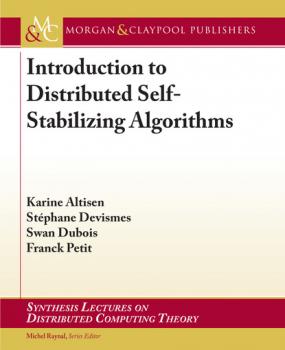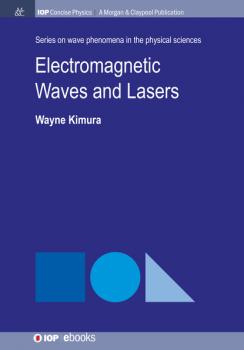MREADZ.COM - много разных книг на любой вкус
Скачивание или чтение онлайн электронных книг.The Mössbauer Effect
The effect which now bears his name, was discovered in 1958 by Rudolf Mössbauer at the Technical University of Munich. At first, this appeared to be a phenomenon related to nuclear energy levels that provided some information about excited state lifetimes and quantum properties. However, it soon became apparent that Mössbauer spectroscopy had applications in such diverse fields as general relativity, solid state physics, chemistry, materials science, biology, medical physics, archeology and art. It is the extreme sensitivity of the effect to the atomic environment around the probe atom as well as the ability to apply the technique to some interesting and important elements, most notably iron, that is responsible for the Mössbauer effect's extensive use. The present volume reviews the historical development of the Mössbauer effect, the experimental details, the basic physics of hyperfine interactions and some of the numerous applications of Mössbauer effect spectroscopy.
Empowering Professional Teaching in Engineering
Each one of us has views about education, how discipline should function, how individuals learn, how they should be motivated, what intelligence is, and the structures (content and subjects) of the curriculum. Perhaps the most important beliefs that (beginning) teachers bring with them are their notions about what constitutes «good teaching». The scholarship of teaching requires that (beginning) teachers should examine (evaluate) these views in the light of knowledge currently available about the curriculum and instruction, and decide their future actions on the basis of that analysis. Such evaluations are best undertaken when classrooms are treated as laboratories of inquiry (research) where teachers establish what works best for them. Two instructor centred and two learner centred philosophies of knowledge, curriculum and instruction are used to discern the fundamental (basic) questions that engineering educators should answer in respect of their own beliefs and practice. They point to a series of classroom activities that will enable them to challenge their own beliefs, and at the same time affirm, develop, or change their philosophies of knowledge, curriculum and instruction.
Electromagnetic Waves and Lasers
This book reviews basic electromagnetic (EM) wave theory and applies it specifically to lasers in order to give the reader not only tangible examples of how the theory is manifested in real life, but also practical knowledge about lasers, and their operation and usage. The latter can be useful for those involved with using lasers. As a short treatise on this subject matter, this book is not intended to dwell deeply into the details of EM waves nor lasers. A bibliography is provided for those who wish to explore in more depth the topics covered in this book. Rather the aim of this book is to offer a quick overview, which will allow the reader to gain a competent general understanding of EM waves and lasers.









